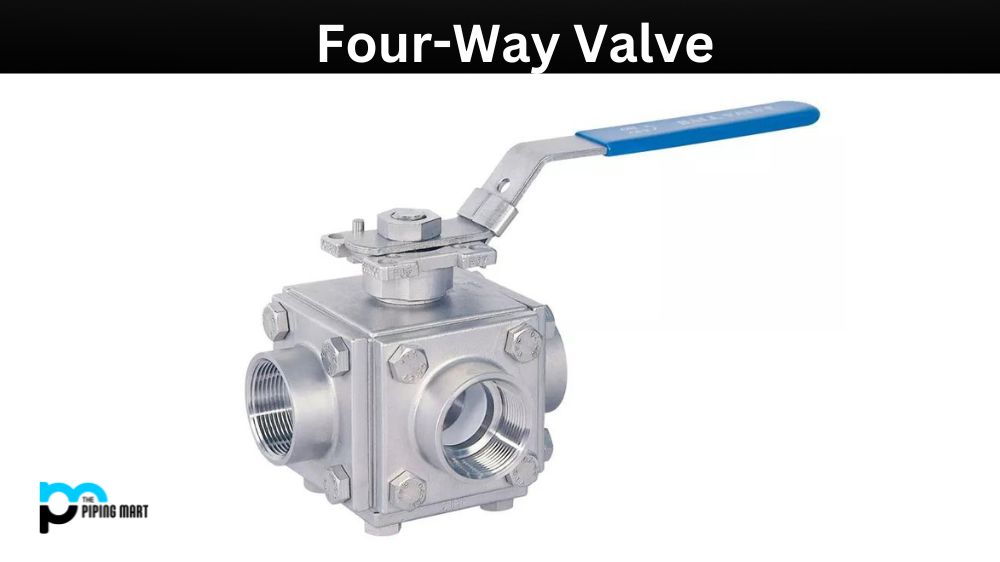Four-way valves are necessary in many engineering applications, particularly in the HVAC industry. They are devices used to control the flow of liquids or gases. Four-way valves have become increasingly popular due to their versatility and durability. However, there are also disadvantages to consider when using these valves. In this blog post, we will discuss the advantages and disadvantages of four-way valves.
What is Four-Way Valve?
A four-way valve is a type of flow control valve typically used in pneumatic, hydraulic, and HVAC systems. It has four ports with three open/close positions that can control the flow or pressure within those systems. The fourth port is for connecting the exhaust pipe to release air or pressure from the system. Four-way valves are often used as diverter valves and can switch between two separate lines or applications easily.
Advantages of Four-Way Valve
Versatility: One of the main advantages of four-way valves is their versatility. These valves can be used with various liquids and gases in different applications. They are ideal for applications requiring frequent flow direction changes, such as HVAC systems.
Accurate Control: Four-way valves are designed to provide precise control over the flow of fluids. They offer four positions that allow the operator to control the flow rate, direction, and pressure accurately, ensuring efficient system performance.
Durable: Four-way valves are made with high-quality materials that withstand high temperatures and pressures. They are also corrosion-resistant, making them suitable for use in harsh environments.
Cost-effective: Four-way valves are generally less expensive than other valves, making them an affordable choice for many applications. Additionally, they require minimal maintenance, reducing overall maintenance costs.
Disadvantages of Four-Way Valve
Complexity: Four-way valves can be complex devices, especially for inexperienced operators. This complexity can make them challenging to install and maintain, requiring specialized knowledge and expertise.
Limited Applications: Although four-way valves are versatile, they may only be suitable for some applications. They are primarily used for flow control, which may not be suitable for some applications that require other types of valves.
High Internal Friction: Four-way valves have high internal friction, affecting their flow control performance. This can lead to reduced valve life and decreased efficiency.
High Energy Consumption: Four-way valves require significant energy to operate. This energy consumption can increase operational costs, especially in applications that require large valves.
Conclusion:
Four-way valves offer numerous benefits, including versatility, accurate control, durability, and affordability. However, there are also disadvantages, such as complexity, limited applications, high internal friction, and high energy consumption. When choosing a valve for your application, it is important to weigh the advantages and disadvantages carefully to determine the best value for your needs. Working with experienced professionals who can help you choose and install the right valve for your application is also important.

Hey, I’m Krutik, a casual blogger expert in the metal industry. I am passionate about providing valuable information to my readers. With a background in engineering and construction, I like playing Cricket & watching Netflix shows in my free time. Thank you for visiting my blog, and I hope you find my information helpful!




